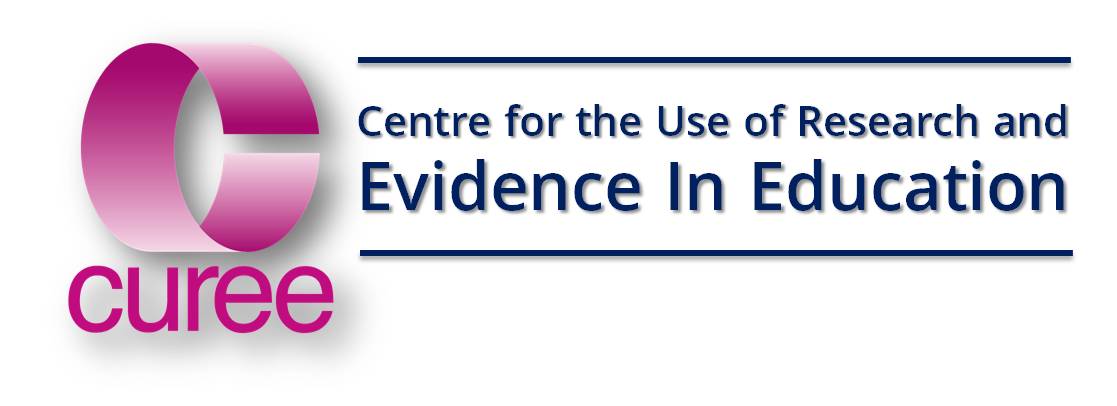Contents
- Philippa's Blog
- CUREE at BERA
- Improving Student Engagement & Achievement through Arts-Based CPD (PHF)
- Strategic School Improvement Fund Projects
- Constructing Teachers' Professional Identities
- Practitioner-Research Hub on the Excellence Gateway
- Response to Intervention - Literacy
- Where in the world is Philippa Cordingley?
Philippa's Blog
Happy New (School) Year one and all! CUREE’s new year has started with an intensive look at the research about leadership, leadership of the curriculum and how curriculum, pedagogy and assessment are aligned. So, this is a slightly more nerdy Blog than you are used to getting from me. We are definitely working with wet towels wrapped ahead and, for Pratchett fans, considering whether to try to locate “a supercooling hat”* for some of our colleagues with bigger brains.
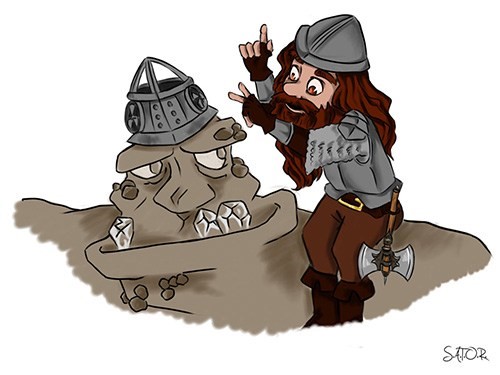
Our first projects are to map the international research about how curriculum change, assessment and pedagogies are aligned, identifying what works in different countries, the kinds of barriers to alignment, the groups of stakeholders involved, and the tools being used. The first big challenge is the conceptual and practical scale of the tasks. For example, different countries define all three core concepts differently and try to achieve different things through curriculum change not least because of their very different starting points.
The second is that the scale and abstract nature of such alignment means that evidence is either rather broad brush or restricted to just one area or aspect of alignment. Nonetheless we are managing to unearth some interesting nuggets of evidence. For example, we thought those of you wrestling with the new OFSTED emphasis on the curriculum might find the research about curriculum mapping interesting so here is an example . The researchers certainly offer some evidence about the contribution of curriculum mapping protocols not only for achieving alignment but also for deepening the professional learning and content knowledge of the professionals using the approach. We will try to do a summary of the more practical bits and put it on our web site shortly so this is easily accessible.
The second overview review of the summer is an attempt (with deeply appreciated support form Professors Higgins, Coe and Greany) to map the intersections and overlaps between the evidence about leadership, leadership of the curriculum, Continuing Professional Development and Learning (CPDL) and the implementation of (research-informed) innovations. We think we are beginning to see important practical questions and a few relevant answers to help school and MAT leaders build coherence and ensure any one activity to respond to system changes, meets several needs in this literature. The core practices and concepts (curriculum, leadership, CPDL) and effective implementation are fluid and complex (big and baggy for short) and as we all know, even where the evidence offers us guidance, realising this on the ground is challenging. But the prize, more coherent and effective learning experiences and outcomes for our pupils, our colleagues and ourselves, is definitely worth it and the journey is always intriguing and often fun! So – watch this space!
Philippa Cordingley
Chief Executive
*As a troll, Detritus’ brain worked slowly at warm temperatures and super-fast when super-cooled.
CUREE at BERA
Several members of the CUREE research team attended the BERA (British Educational Research Association) annual conference in Manchester earlier month and presented some of our own work over the past year. We've summarised three of these below. Each contains links to the corresponding presentation.
Improving Student Engagement & Achievement Through Arts-Based CPD (PHF)
CUREE has been working in collaboration with the Paul Hamlyn Foundation for several years, providing both strategic support for and overall evaluation of their Teacher Development Fund. This Fund aims to support evidence-informed professional development and learning for teachers in using teaching and learning through the arts as part of the curriculum, with a focus on supporting both engagement and achievement for pupils, in particular those from disadvantaged backgrounds.
CUREE’s involvement in the fund has now lasted through both the pilot phase and the first half of the first open round, providing an opportunity to look back and identify some interesting and useful points, in particular around factors of the CPDL which has taken place and which have played a critical role in the success of participating projects. Examples of such findings include:
- The success of CPDL in complex, specialist fields (such as the arts) is at least partly dependent, as the broader literature strongly suggests, on the presence of strong systems around specialist input, the contributions of leaders, collaborative modes of professional learning, and a structured and aligned sequence of CPDL activities.
- A range of tensions exist for commissioners/designers of CPDL to navigate when operating programmes of this kind. These tensions mean that commissioners have to strike a balance between focusing on CPDL or arts-specific content, distributing or centralising leadership of CPDL, and developing teachers’ vs students’ skills in the arts.
Bart Crisp
Strategic School Improvement Fund Projects
Between 2016 and 2018 the Department for Education funded 171 Strategic School Improvement Fund (SSIF) programmes for supporting vulnerable communities across England. Billed as a flagship school improvement fund, the SSIF was closed with only £56m of the £140m originally allocated to it spent. CUREE supported seven of these projects all over the country with either formative, programme-wide evaluation design and analysis, or a bespoke CPD programme, and for some a combination of the two. Members of the CUREE team were involved with the programmes from the point of project inception and design (including providing support in bid compensation), through implementation, delivery and formative evaluation, all the way to the final reporting.
This presented a rare and valuable opportunity to look across several large-scale school-improvement initiatives to better understand the opportunities and challenges of school improvement across the country and explore implications for policy, research and practice. The focus of this presentation is an analysis of how programme and project-level intentions and structures correlated with on-the-ground school improvement and evidence emerging from programme-wide processes, and impact evaluations of the projects. It also explores some of the practical and evidential challenges encountered which can inform future multi-strand, multi-outcome, evidence based programmes.
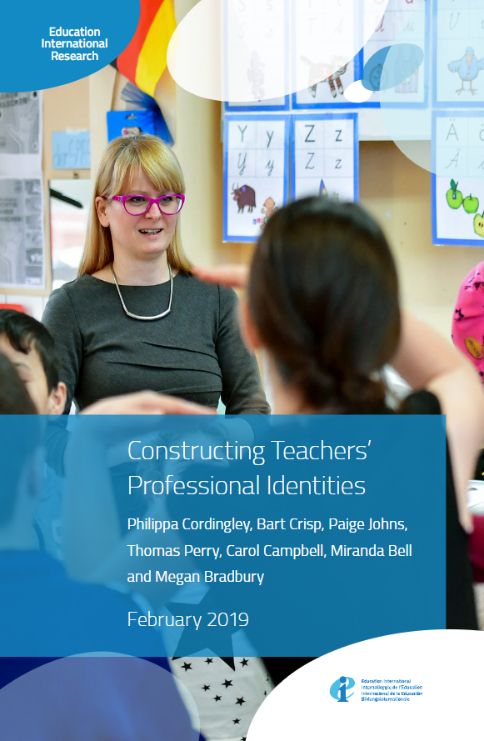
You can find Tom's presentation at BERA here.
Tom Perry
Constructing Teachers' Professional Identities
Earlier this year CUREE completed a piece of work commissioned by Education International which examined the construction of teachers’ professional identities and the role of teacher formation and development, looking across the policies and contexts shaping that in seven different jurisdictions: Berlin (Germany), Chile, Kenya, Ontario (Canada), Scotland, Singapore and Sweden. Within the paper we explore the relationships between factors which governments and professional associations in those countries believe are most influential, and focuses in-depth on those relating to teacher education, and development. Although our findings were tentative because of the range of the focus and the challenges of comparing phenomena at system level. Nonetheless some surprising and distinctive patterns emerged which are worthy of note, these include:
- The intriguing relationship present between levels of continuing professional development, both individual and collaborative, and overall system performance. Also, touching on CPDL priorities and how these are experienced by teachers.
- The importance of understanding the risks associated with creating regulations for reducing teachers’ working times or roles without actually funding that reduction. Teachers’ commitment to professionalism and learning in these countries often means that they continue to rise to the challenges posed to them locally but do so in their own time.
- The deep commitment of the vast majority of teachers in these countries to their students in the round and their belief that this is a way of approaching academic achievement therefore much more important that achievements per se also frequently means they do not feel able to simply walk out on important but unfunded tasks when jurisdiction privilege academic achievement over student well-being and learning to become the best citizens they can be.
You can read the whole paper here, and find Paige's presentation at BERA here.
Paige Johns
Practitioner-Research Hub on the Excellence Gateway
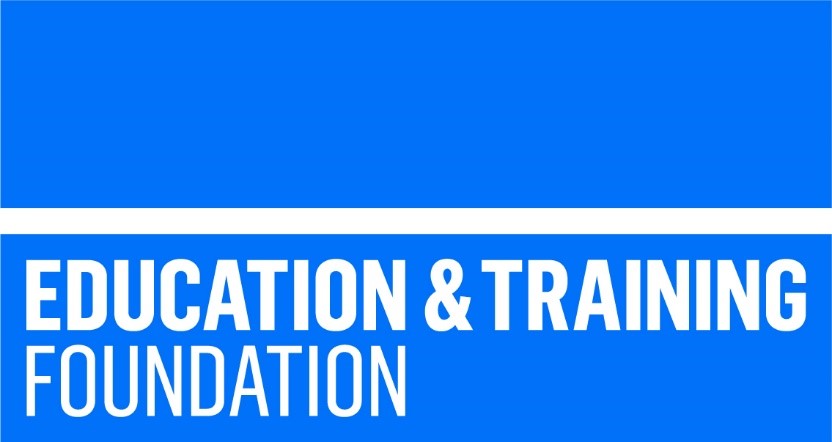
It’s a little-known fact that the further education and skills sector is a treasure trove of practitioner-research resources. Held on the Excellence Gateway, the materials include practitioner researchers’ succinct reports of what was tried and how effective it was together, in many cases, with presentations, classroom materials, evaluation tools and other useful resources.
Brilliant though this resource is, you need to be a connoisseur to find some of them as they have been built up over time and linked to the programmes that generated them. The current organisation of these resources can make navigating them a bit lengthy for hard pressed leaders and practitioners.
The Education and Training Foundation has decided that it is time for the Excellence Gateway to be enhanced to provide:
- A single point of access to all practitioner-research resources
- A new, easy to use starting page to help you find your way to the resources you want
- Better ways of selecting and filtering the large number of materials to the select few of value to you
- Stronger links with the Professional Standards
The Foundation has commissioned us here at CUREE to work with the sector, with the Foundation’s web providers and with the Foundation itself to develop the Hub over the next few months to be launched in the Spring of 2020. We would welcome help from you and your colleagues in identifying the best, most useable, most intuitive way of presenting these resources. We also need to find a catchy name for it!
So we will be running a wide-ranging consultation of the sector to understand the needs of teachers, trainers and assessors that will utilise the Hub. We will also be asking people to comment on the suggestions for the design which help users to find the resources they require. One option will be to apply our familiar and very successful ‘Route Map’ approach - but there will be alternatives too.
We aim to complete the design process by around Christmas. We will then spend a few weeks setting up the Hub and preparing the resources in time for a high-profile national event in London in March 2020 to launch the new Hub and to celebrate the successes of practitioner researchers.
If you are a leader or practitioner in the sector or you are involved in a sector organisation interested in evidence informed practice, please consider becoming involved - as much or as little as you like. Just click on this link to send us an email. to find out more - or just email Dan Case or telephone us on 024 7624 3716.
Dan Case
Response to Intervention - Literacy
Response to Intervention (RTI) is one of CUREE’s flagship resources for enabling schools to target classroom interventions when and how they are needed. Based on a thorough but efficient diagnosis of need, RTI provides a menu of tested and well supported strategies and resources for addressing the literacy needs of disadvantaged or vulnerable pupils, and to help close the attainment gap.
The approach has been trialled in the UK and the US and was originally developed by CUREE as a full training package. Now, and in response to demand, we have been developing a pack of free standing resources which can be used by schools following light touch initiation training by CUREE. We have provided the Pack to schools in Victoria, Australia and, more recently to the John Taylor Multi-Academy Trust in Burton-upon-Trent. CUREE have selected the most appropriate resources from RTI as a whole and packaged them together for the TSA to use across the alliance. To facilitate these resources and their delivery, CUREE are attending the TSA Plenary Day in September to introduce the Senior Leadership team to RTI. We are also producing a half-day workshop in October for colleagues who will be engaging with RTI at the classroom level to ensure they are fully informed and prepared to utilise the resources in the most effective way with the target students.
To learn more about RTI and how it could benefit your disadvantaged students, please visit the CUREE RTI web page.
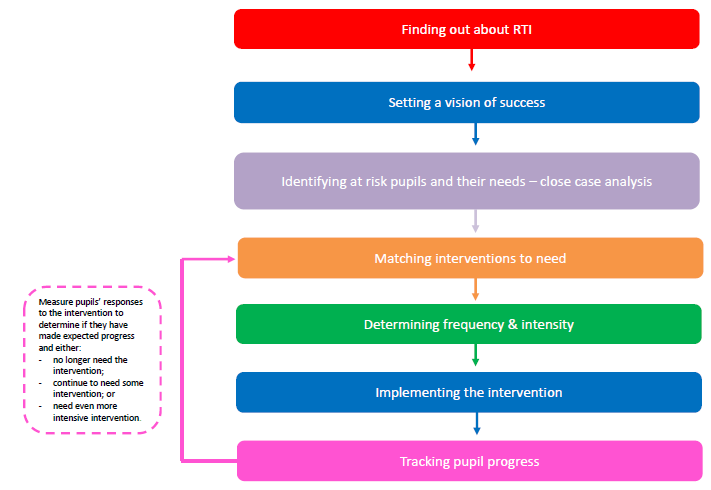
Dan Case
Where in the world is Philippa Cordingley?
- Thursday 19th September: Philippa’s visit at Queen Anne's School/Brain Can Do
- Friday 20th September: Philippa is delivering a keynote at the CLA Workforce development roundtable
- Tuesday 24th September: NPQEL SE Regional Day in London
- Friday 27th and Saturday 28th September: Ipswich Residential Dates
- Tuesday 1st October: SKEIN Momentum visit at the Halifax Academy
- Wednesday 2nd October: CPD and Expert Group meeting
- Thursday 10th October: Knowledge For Use [K4U] in Education Practice workshop in Durham
- Friday 11th October: PHF Sharing Day
- Friday 25th October: Keynote and breakout session in the NIS Conference in Kazakhstan
Evangelia Araviaki
